Stile and the VTLM: High Impact Teaching Strategies
Learn how Stile aligns to the VTLM's High Impact Teaching Strategies.

High Impact Teaching Strategies (HITS) are the fourth component of the VTLM. HITS are 10 reliable, evidence-based instructional practices recommended by the Victorian Department of Education to deliver learning outcomes. Stile is specifically designed to support the implementation of HITS in the science classroom.

1. Setting Goals
Each lesson includes clear learning goals that indicate what students should be able to know, understand and do at the end of the lesson.

2. Structuring Lessons
Learning sequences within lessons use SOLO taxonomy to scaffold students from lower-order thinking to higher-order thinking. This is evident in the cognitive verbs that are included in each Stile question. Our science team also uses the 5E instructional model to structure learning at the unit and lesson level. You can learn more about this in the Pedagogical Model blog of this VTLM series here.
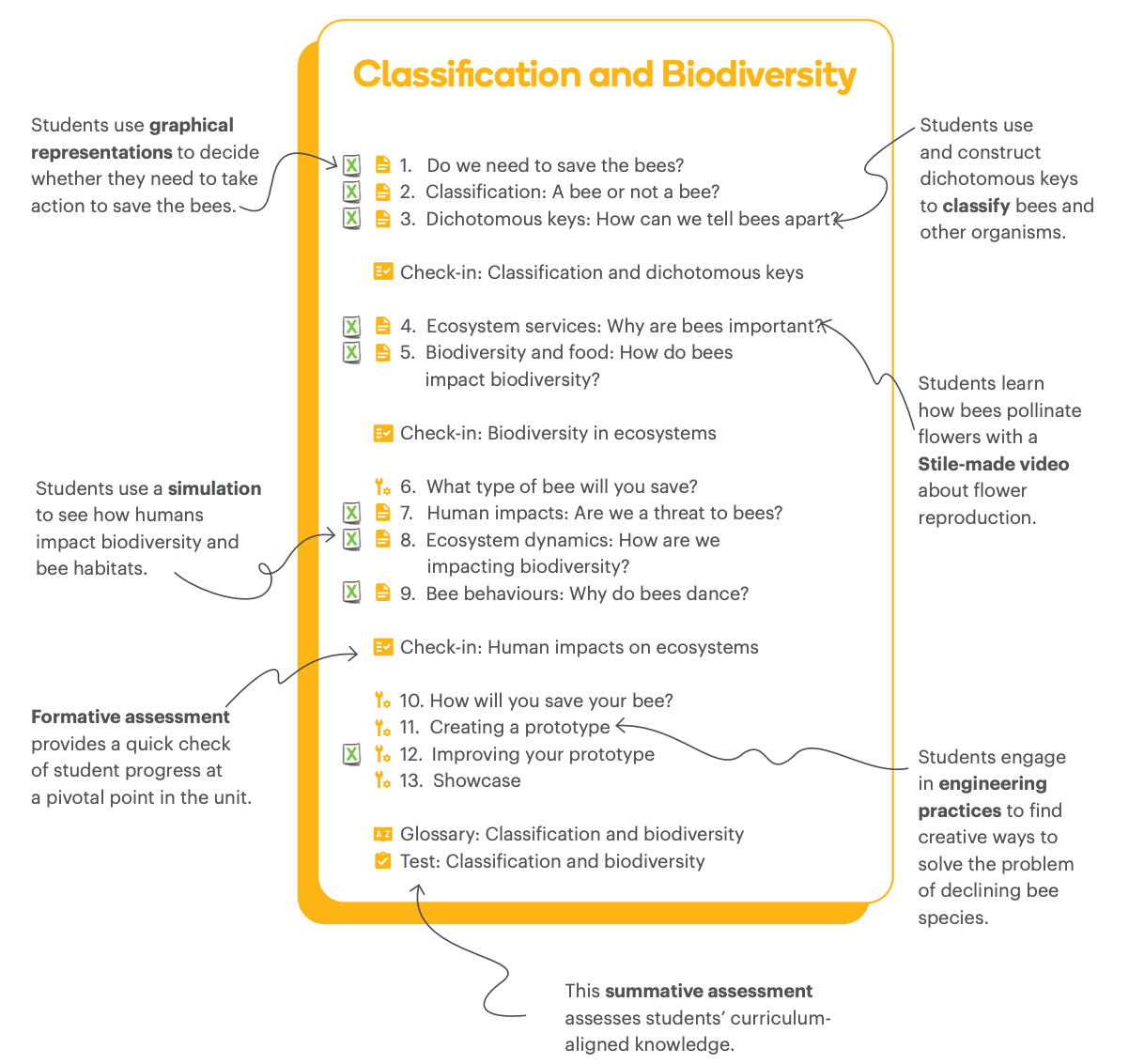
3. Explicit Teaching
Teach Mode lets teachers intentionally model what to do and how to do it. A lesson includes learning goals accompanied by Key Questions, which give students an opportunity to demonstrate their progress against the learning goal. This makes the purpose of the lesson transparent to students.
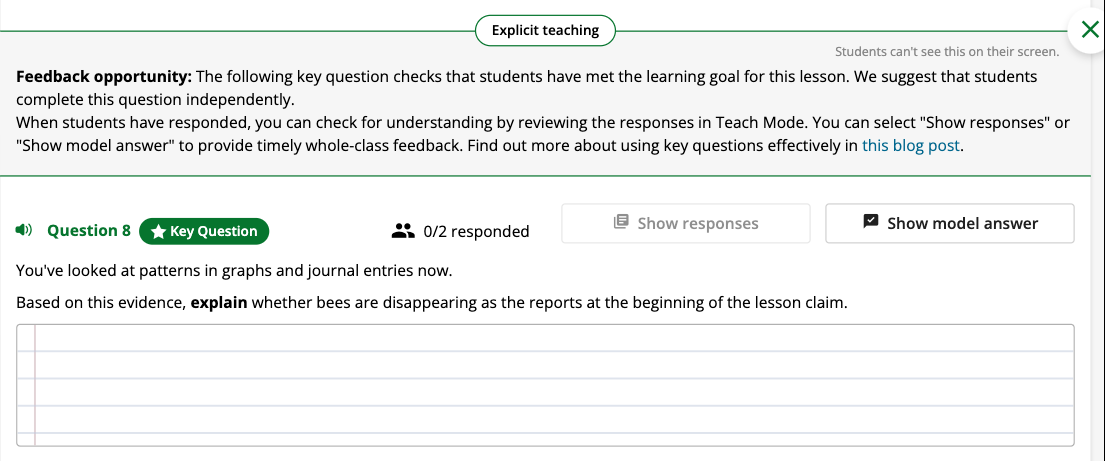
4. Worked Examples
Both model answers and the use of teacher modelling in Teach Mode provide students with access to worked examples that demonstrate the steps required to answer a question. These provide scaffolding that supports students to acquire new knowledge and skills.
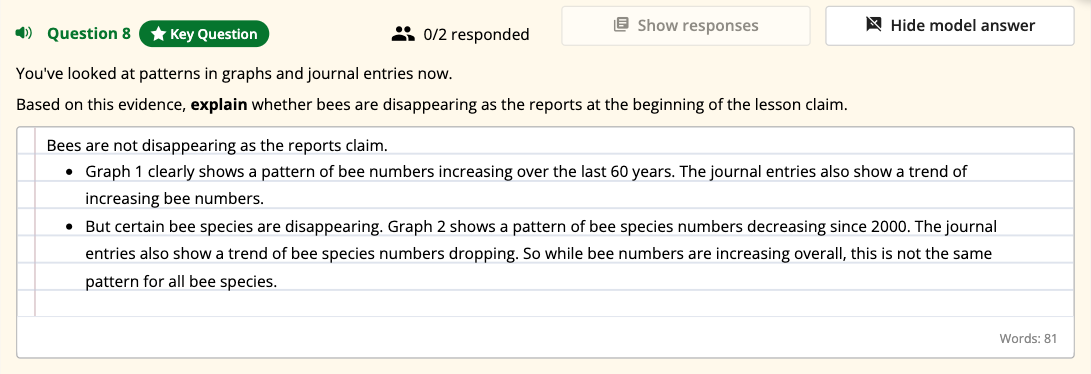
5. Collaborative Learning
Collaborative question types, such as Live Polls and Live Brainstorms, are intentionally used to get students working together and communicating with one another. Collaborative activities, including engineering challenges and Socratic seminars, require students to collectively negotiate roles, responsibilities and outcomes.
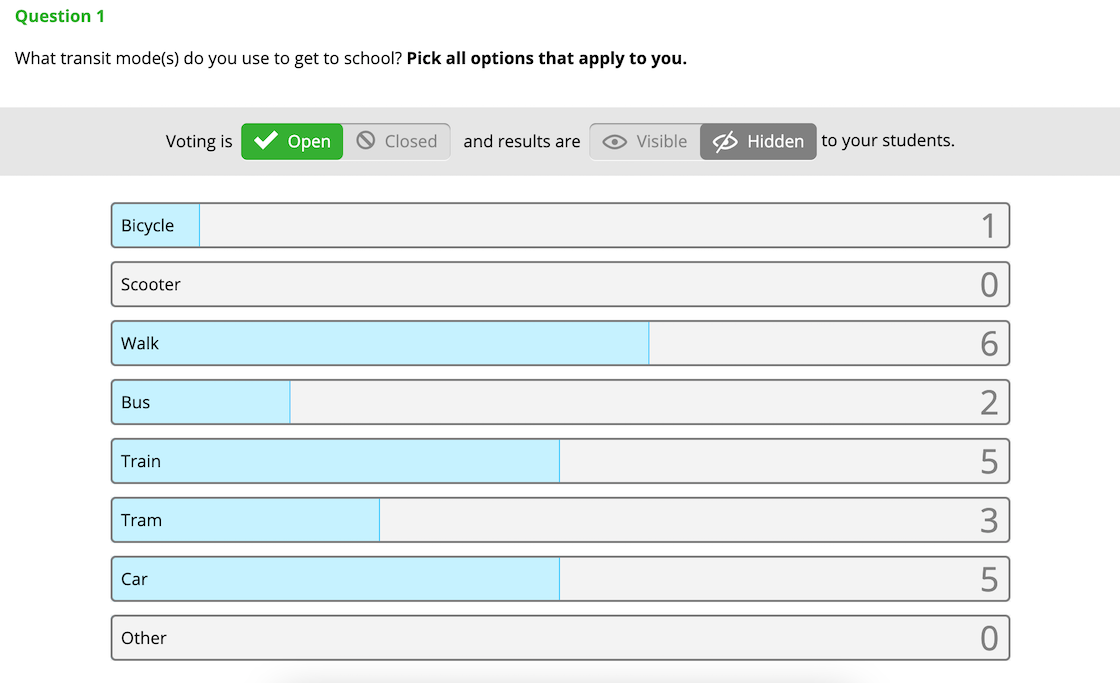
6. Multiple Exposures
Following lessons with an associated quiz, activity from a Stile X booklet, or videos, flashcards, and quizzes from the Stile X app give plenty of opportunities for students to encounter, engage with, and elaborate on their learning.
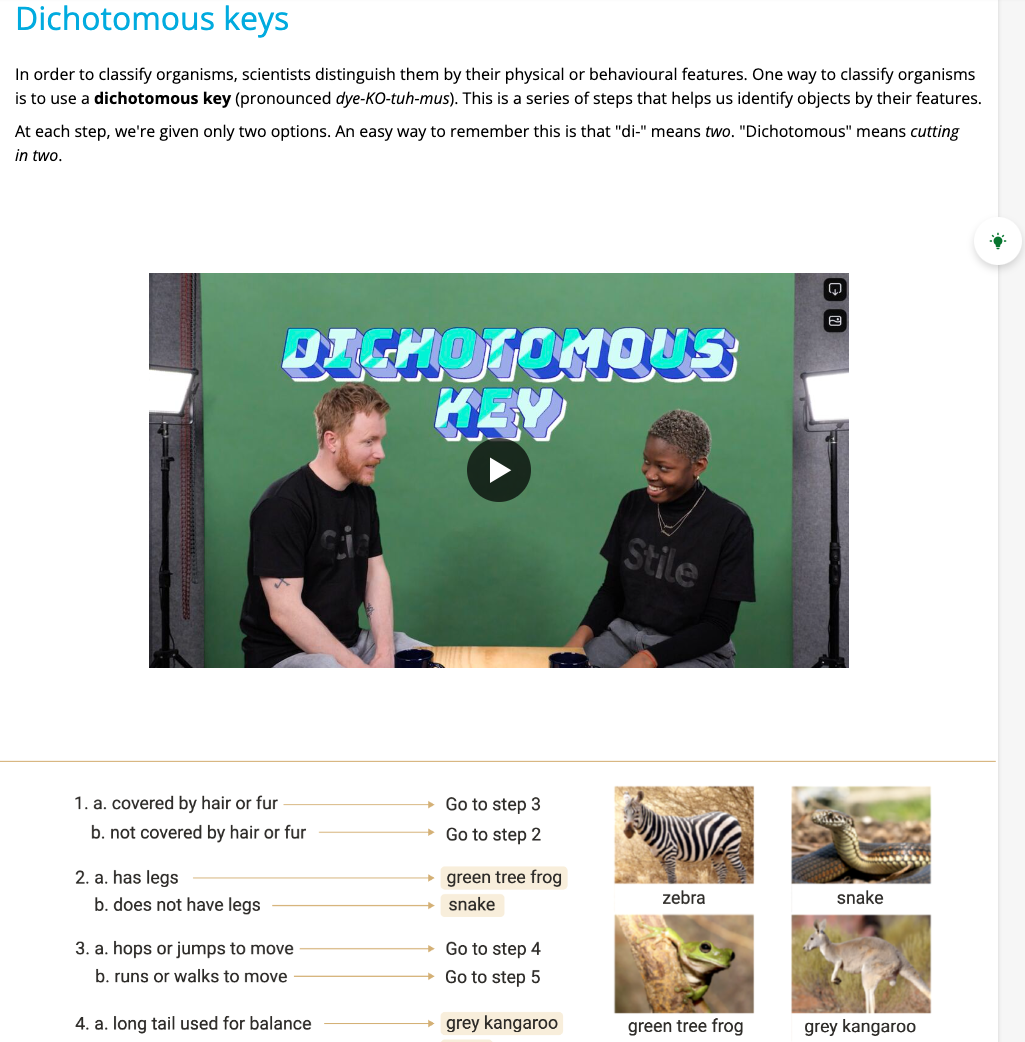
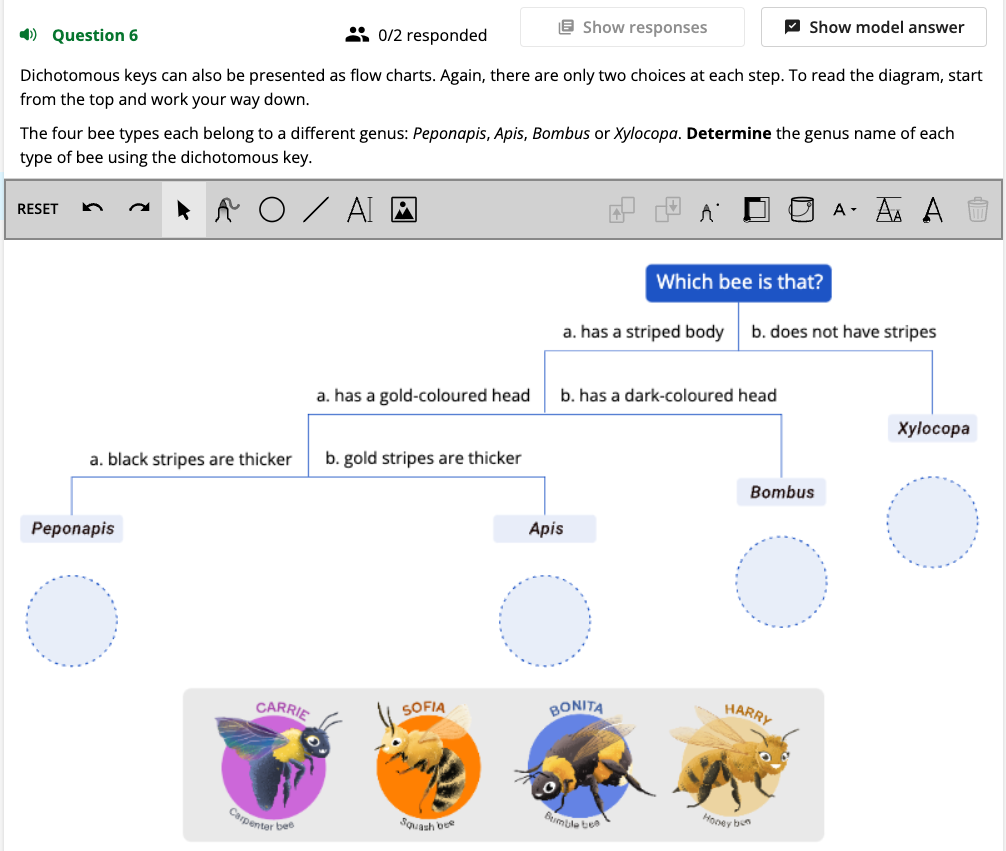
7. Questioning
Questions within Stile lessons are crafted to elicit students’ understanding of key concepts. Key Questions, in particular, are aligned with the lesson’s learning goals, and provide a formative assessment opportunity that helps determine the next teaching steps.
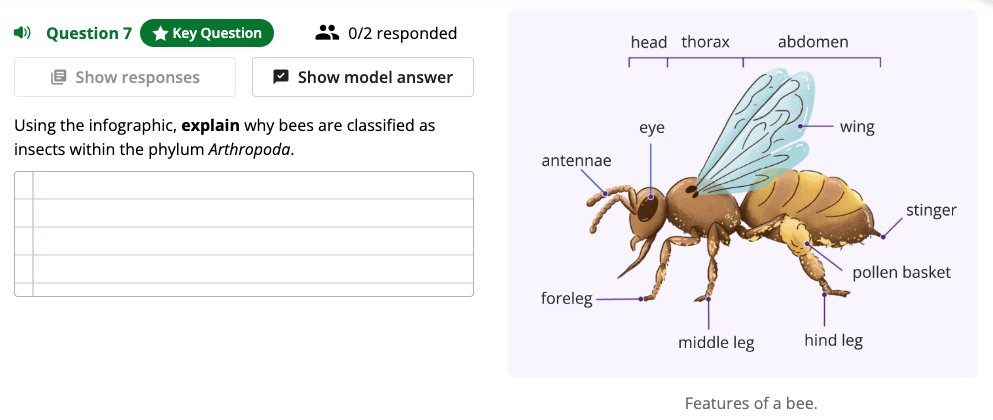
8. Feedback
Student data is instantly available through Teach Mode, so teachers can immediately identify students who need support and provide them with timely verbal feedback. Model answers and rubrics help teachers formulate specific feedback, whether written or verbal, that includes specific advice students can use to improve their performance.

9. Metacognitive Strategies
Reflection activities included in Stile lessons and Stile X encourage students to analyse their thinking. Students regularly evaluate their progress and receive explicit instruction on self-regulation and note-taking strategies through expert study tips.
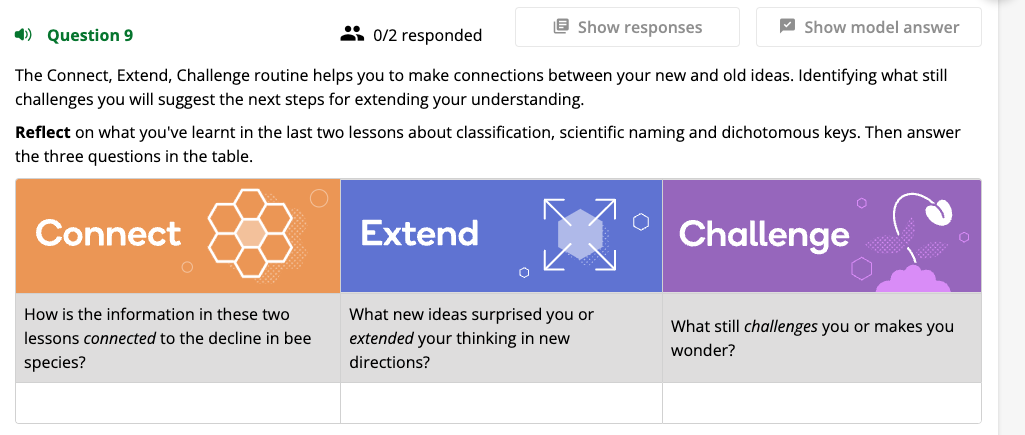
10. Differentiated Teaching
Lessons are designed using SOLO taxonomy and aim to extend the knowledge and skills of all students. By scaffolding students from lower-order thinking to higher-order thinking, lessons provide a point of entry for all levels of understanding. Stile includes a number of tools to support students in accessing learning material. Videos include captions, text comes with audio narration and word-by-word highlighting, and our resources are compatible with screen readers and translation tools. Open-response question types provide students with the ability to choose how they communicate their knowledge. Lessons can be further modified using Stile’s editing and customisation tools to accommodate specific needs.
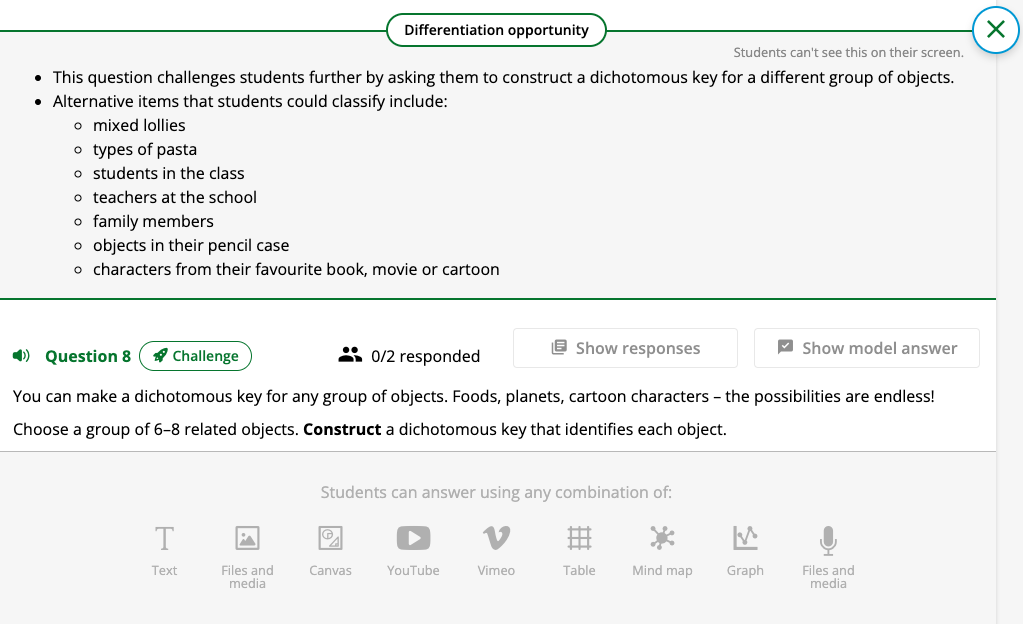
Learn more about how Stile supports the next component of the VTLM: High Impact Wellbeing Strategies here.

